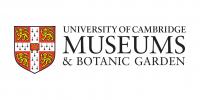What’s in the collection?
Important specimens of mainly fluid-preserved marsupials from Central Australia, including extinct species and, for some species, some of the first specimens to be collected by Europeans. It includes a lesser bilby and a pig-footed bandicoot, both of which were driven to extinction as a consequence of European invasion.
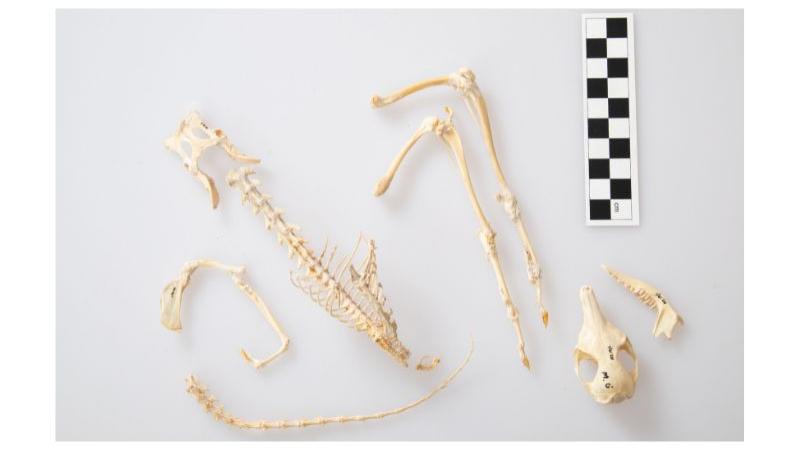
When did it arrive?
September 1900 and June 1902
What do we know about the specimens in Cambridge?
These specimens are emblems and by-products of the colonisation of central Australia, as well as evidence of natural history’s reliance on Indigenous labour and expertise.
Research from the Colonial histories of Australian mammal collections in Cambridge project has been able to demonstrate that these specimens are linked to the Horn Expedition of 1894. This was the first primarily scientific expedition to Central Australia. Professor Walter Baldwin Spencer from the University of Melbourne was the expedition’s zoologist (Edward Stirling, another of the Museum’s donors, acted as the anthropologist).
The specimens came to the Museum via Australian embryologist and anthropologist Grafton Elliot Smith. He was given them by Spencer when they met in Melbourne in 1896, just before Elliot Smith moved to England. Elliot Smith donated the pig-footed bandicoot directly to the Museum in 1902; but had donated the rest to the Department of Veterinary Anatomy while he was in working at the “Histological Laboratory” in Cambridge (from 1896-1900). They were then transferred to the Museum of Zoology around 1989. They were only identified and accessioned into the collection here as part of this project.
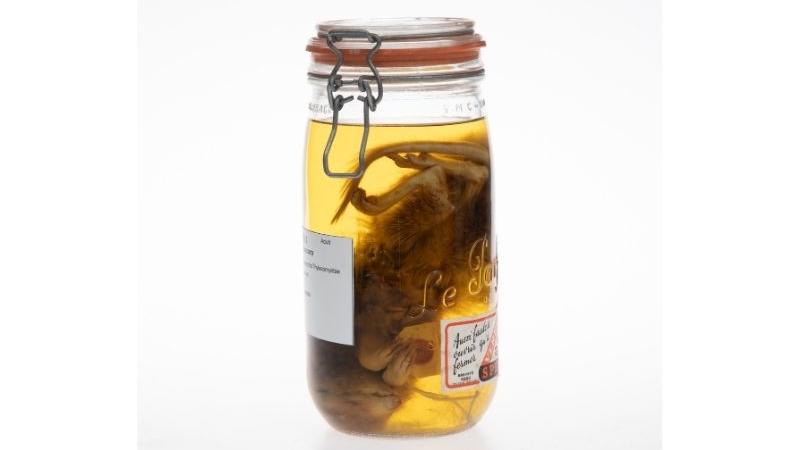
Hidden Indigenous knowledge and labour
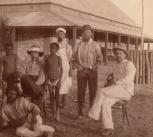
The specimens were collected around Charlotte Waters, a telegraph station on the Overland Telegraph Line, where the Horn Expedition based itself in 1894. The expedition was hosted there by Patrick (Paddy) Byrne, who was the telegraphist at Charlotte Waters, and Spencer and Byrne established a close friendship which proved very fruitful for Australian zoology.
Spencer amassed the specimens in Cambridge from three linked sources: on the 1894 Horn Expedition itself; Spencer's subsequent visit to back Charlotte Waters in 1895; and from Byrne, who continued to send specimens to Spencer for years following the expedition.
In his published accounts of the species gathered through these means, including of specimens in Cambridge, Spencer gives Byrne all the credit for “collecting” the specimens. However, by reading Byrne’s letters to Spencer, it’s clear that in fact these animals were provided by First Nations Australians – and mainly women – from the Southern Arrente group. Byrne’s letters make plain to Spencer that these people were using their expert knowledge of the local wildlife to catch the specimens. There is no mention that Byrne paid these women in money, however he does imply that he sometimes traded specimens for their government rations (which they would have been entitled to anyway), tobacco, and even photograph portraits Spencer had taken of the Arrente women.
The Horn Expedition and the subsequent supply of specimens from Charlotte Waters resulted in the description of new species by Spencer, including the kowari, which Spencer named Dasyuroides byrnei in Byrne’s honour (ignoring the Indigenous expertise and labour that was responsible for this species becoming known to Western science). The kowari specimen in our museum (UMZC 2022.8.2) is not one of the individuals used in the initial species description, but it is one of the first that Europeans encountered.
The lesser bilby in our museum (UMZC 2022.8.1), which was sent to Spencer by Byrne, was one of the specimens that Spencer used to name it as a new species (Peragale minor) in 1896 (i.e., it is a type specimen), however it has subsequently been shown to be the same as a species named Peragale leucura (now known as Macrotis leucura) by Oldfield Thomas 1887.
The northern pig-footed bandicoot in Cambridge represents one of just 18 specimens of the species worldwide. They were driven to extinction by the 1950s, primarily due to predation by invasive feral cats, which were introduced by colonists. These specimens are the only physical evidence the species ever existed.
None of the Arrente people that supplied specimens to Byrne are named in his letters, so their contributions cannot be properly credited. However, one Arrente man living at Charlotte Waters around this time was Erlikilyika, who did act as a guide on Spencer’s subsequent expedition with Frank Gillen in 1901-1902. It is conceivable that Erlikilyika contributed specimens for Byrne earlier, but given that Byrne’s letters most often mention that it is Arrente women doing the collecting of small mammals and lizards, the link to Erlikilyika is weak.
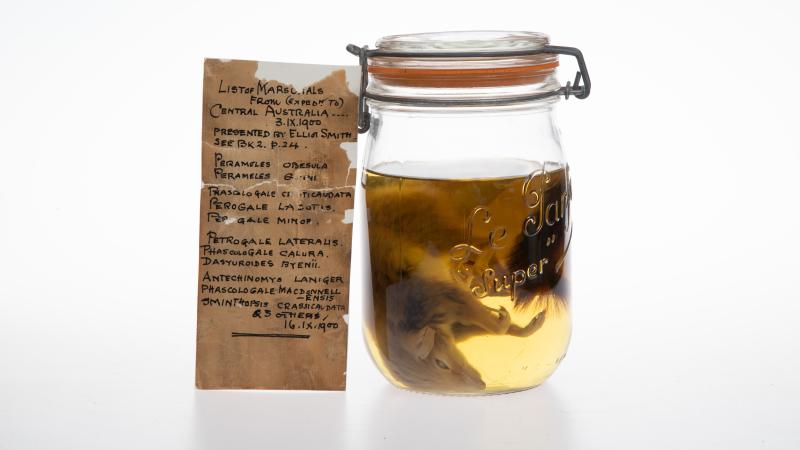
Natural history and colonisation
The Overland Telegraph Line – running from Adelaide on the south coast to Darwin on the north – was completed in August 1872. Shortly after, when it was connected onward to the undersea cables running to Asia via Java, it enabled messages from Sydney, Melbourne and Adelaide (and later Perth) to reach London in hours, rather than months required for mail, thereby ending Australia's relative isolation from the imperial metropole.
To carry the signal across thousands of miles, the Line incorporated eleven repeater stations roughly 250km apart. These stations effectively carried the frontier of European invasion, bringing about the colonisation of Central Australia, with dramatic impact on First Nations cultures. The stations were Central Australia’s first European settlements. Aside from their obvious role in communications, they were also administrative centres, complete with maintenance staff and the whole infrastructure of livestock and other features of settlement required to facilitated and feed them. They also served as focal points “for Aboriginal people driven from their territories by pastoral expansion” (Mulvaney, 2008, p3).
These settlements, and particularly their massive resident livestock numbers, and via the thousands brought through by drovers, would have also had a huge environmental impact.
Paddy Byrne’s repeater station at Charlotte Waters – where at least some of our specimens are from – was the first settlement north of Oodnadatta at the end of the railway line. It was the temporary base for the Horn Expedition, and deeply significant in Spencer’s career, thanks to the relationship he struck up their with Byrne; and for Frank Gillen, who served there for 12 years – it became his first anthropological site. The work of Gillen, subsequently with Spencer, was deeply influential in the development of modern anthropological field methods, including the recording of data from an Indigenous perspective (Mulvaney, 2008, p9). All these ley-lines cross at Charlotte Waters.
Our specimens are by-products of the huge step in colonial progress that the Telegraph represents, thanks to the ways it brought Europeans and First Nations Australians into closer contact, and to enable targeted specimen collecting.
References
From the Frontier: Outback letters to Baldwin Spencer. John Mulvaney. Allen & Unwin Pty LTD (2008):





